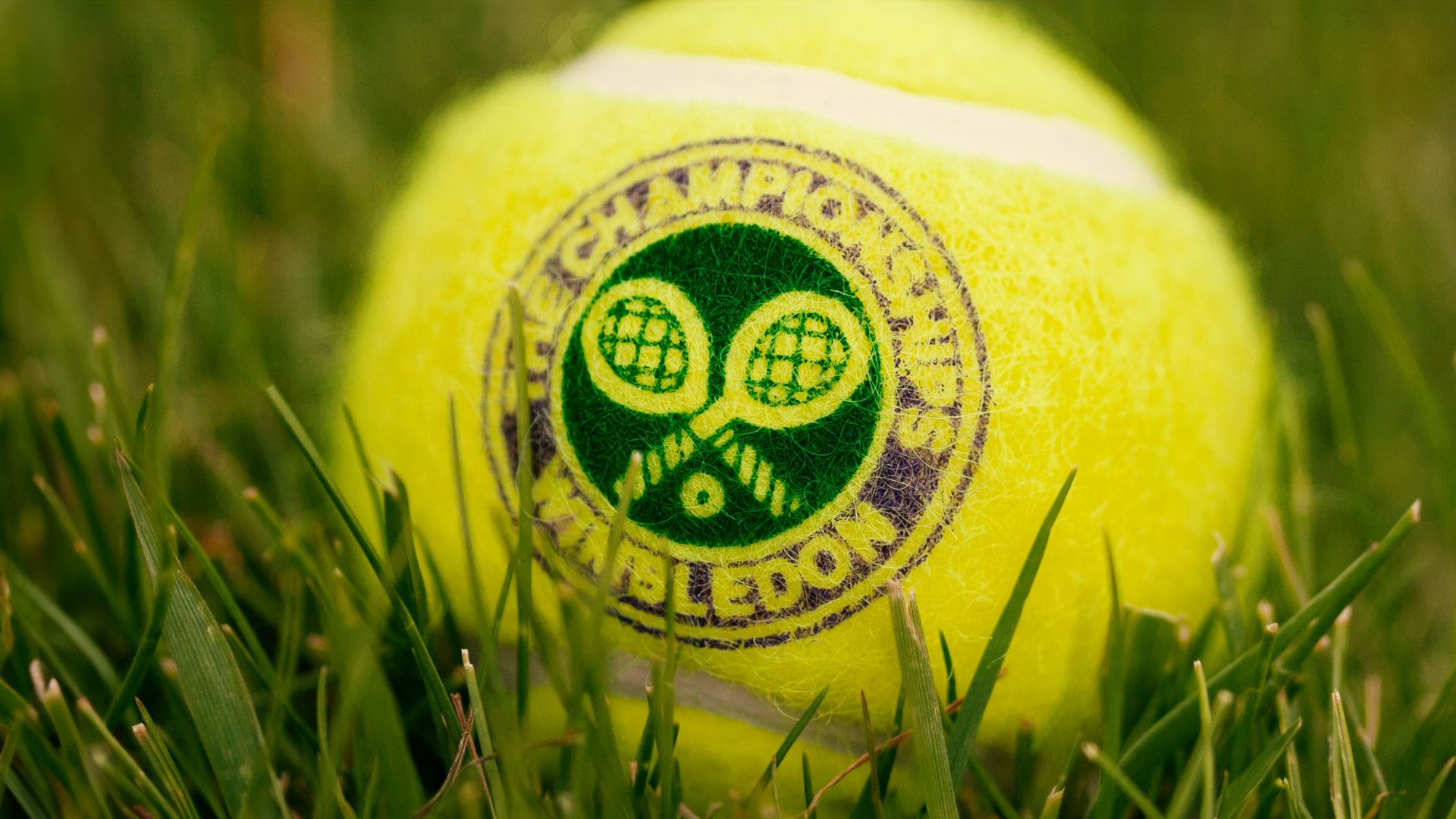Interest
Insights | July 2025
Wimbledon – the last unbranded arena in sport?

In an era where sponsor logos flash across every LED board, shirt sleeve, and sideline, Wimbledon stands alone with its clean, classic, and conspicuously absent of on-court branding.
While other major tournaments shout for attention, Wimbledon whispers, and yet somehow owns the commercial conversation every summer. This isn’t a mistake. It’s a masterclass in scarcity, restraint, and premium positioning.
By keeping its courts free of logos, the All-England Club has created something most brands can’t buy - uncluttered focus. There’s no distraction from the sport, which paradoxically makes the event more desirable for sponsors. The logic is simple but brilliant and if you’re one of the few brands allowed in, your presence carries extra weight.
And the ‘allowed in’ club is exclusive. Rolex, Slazenger, Evian, IBM, Ralph Lauren, heritage partners, not headline-grabbers. Their activation is subtle, deliberate, and always off-court. Branding appears in the programmes, the digital feeds, the interview backdrops, but never in a way that breaks the visual code of Wimbledon.

This approach has a clear commercial upside as it attracts premium brands who want the long game. Partners who aren’t looking for a 10-second TV splash, but a 10- year association with excellence.
What’s fascinating in 2025 is how this ‘unbranded’ setting amplifies the branding elsewhere and namely, on the players themselves.
Carlos Alcaraz may play on a pristine court, but his Rolex gets noticed the moment the match ends. Jannik Sinner, walking through the gates in custom Gucci tailoring, becomes a mobile fashion ad. Coco Gauff, with her New Balance and Barilla partnerships, owns social media every time she posts, and Wimbledon simply provides the theatre.
When you strip the court of noise, everything else stands out. And that’s exactly the point. The clean environment enhances the power of the performance and of the personalities within it.
This isn’t a commercially passive model. Wimbledon is incredibly active behind the scenes curating partnerships, managing long-term rights deals, and investing in digital storytelling that extends its reach well beyond those seated on Henman Hill.
Its broadcast deals remain among the most valuable in tennis. Its hospitality offering is one of the most exclusive in global sport. And its digital expansion through apps, real-time data powered by IBM, and curated highlights ensures Wimbledon’s aesthetic and narrative are always tightly controlled.
They’re not selling space. They’re selling association. And that, in today’s crowded landscape, might be the most valuable asset of all.
In a sports world driven by fast ROI and commercial overexposure, Wimbledon proves that there’s still space for patience, prestige, and power in understatement.
For those of us working in the business of sport, Wimbledon’s model is a powerful reminder; not all value comes from volume. Sometimes, saying less and showing less says more.
It demands a different kind of leadership; one that understands not just revenue, but resonance that can protect identity while scaling reach. That recognises when to invite brands in and when to ask them to wait outside the gates.
In a sports world driven by fast ROI and commercial overexposure, Wimbledon proves that there’s still space for patience, prestige, and power in understatement. And in doing so, it remains the last great unbranded arena by design, not default.